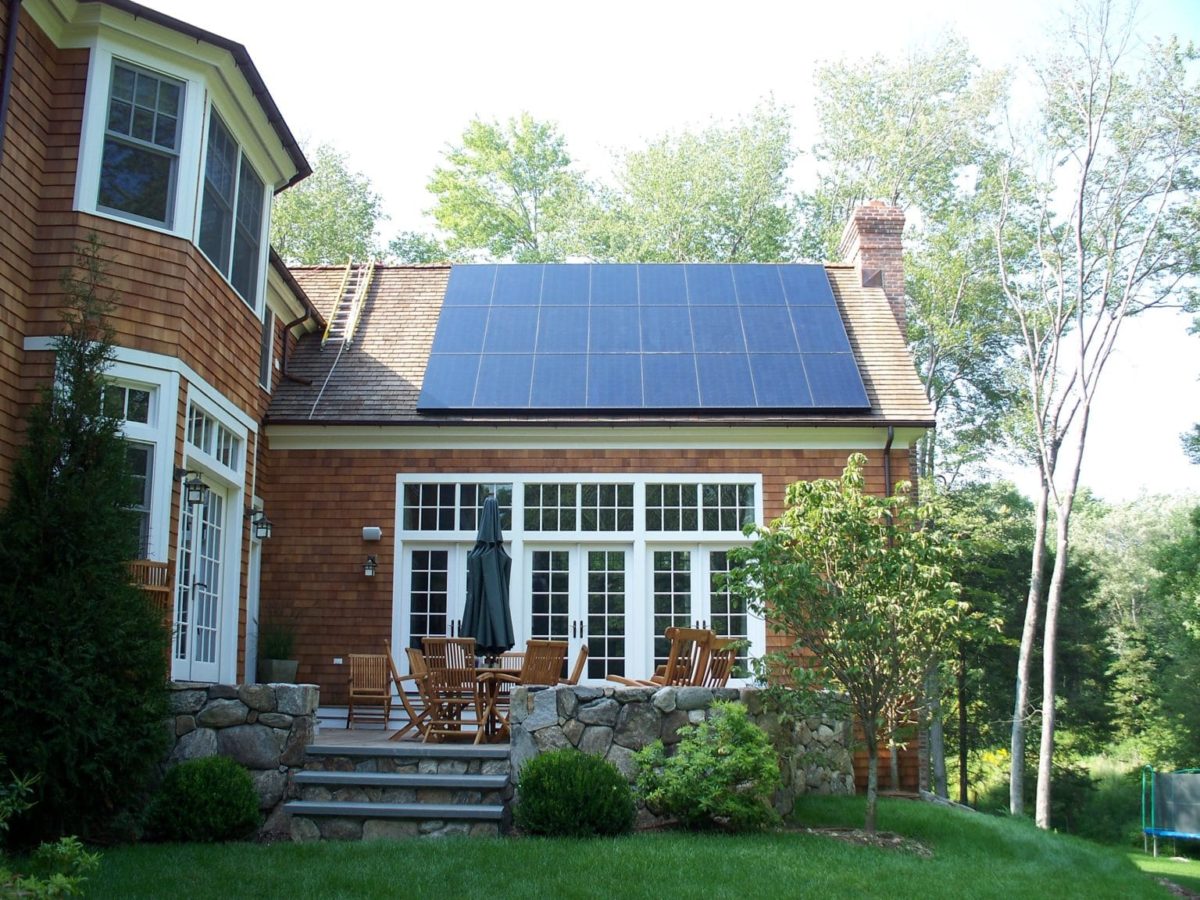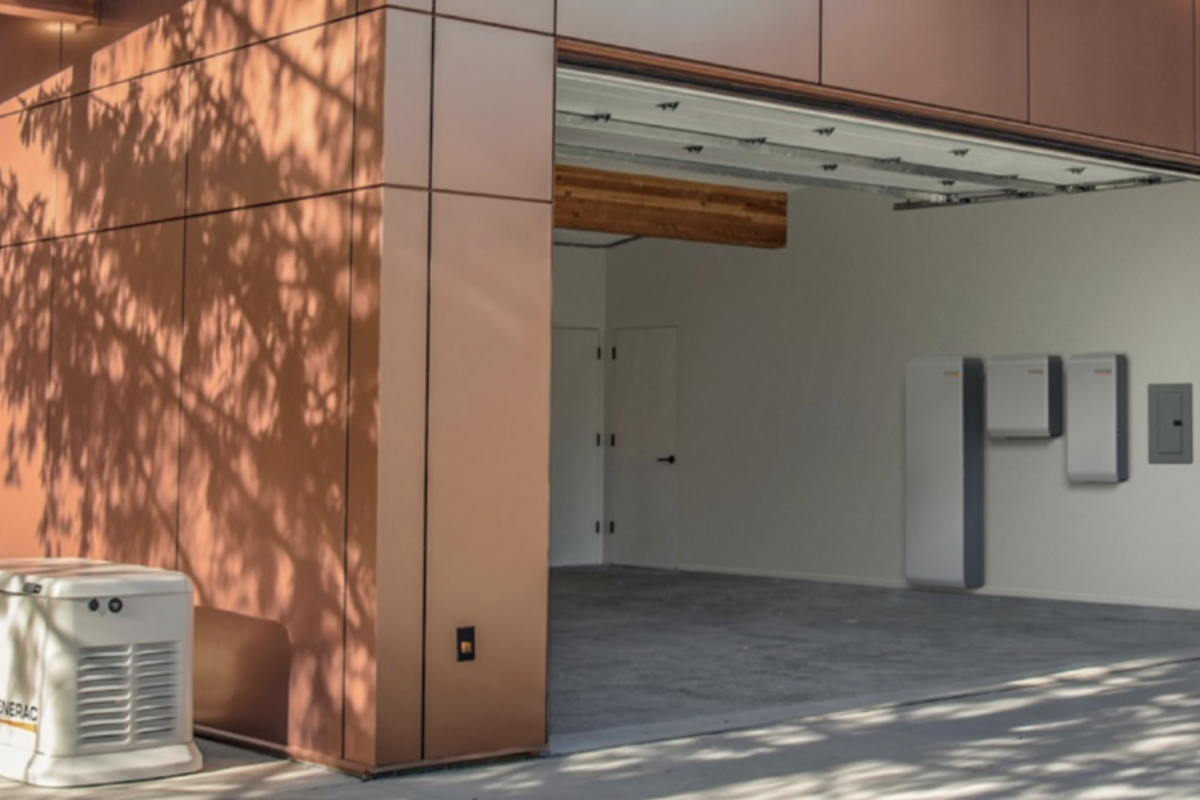From pv magazine USA
When it comes to buying residential solar panels in the United States, the most important factor is curb appeal.
U.S. home equity collectively represents the largest savings account in the country. And because aesthetics are among the most important factors in determining the value of a home, America’s residential solar consumers tend to get a bit, well, persnickety.
So what is it, exactly, that makes a solar panel attractive? At pv magazine USA we believe that all solar panels are beautiful. But we are aware that grumpy neighbors and local HOAs have opinions, too.
The residential solar industry has taken notice of the demand for beautiful, hidden panels, and is now exploring techniques to provide creative and attractive designs.

Tesla answered the call by designing a new roofing product – Solar Glass – to hold the solar cells. This product is drop-dead gorgeous, though, sadly, it seems to have been made from unobtanium. So far, Tesla has been struggling to deliver these roofs on time, and growing pains have resulted in startling price increases.
Other manufacturers are experimenting with the “solar shingle” form factor, including Luma Solar and Certainteed. These groups are seeking to replace the standard asphalt shingle with a shingle that contains a solar panel.
GAF Energy is installing a standard solar panel, but adding refinements to smooth the hard edges, and replacing the shingles, but not other roofing material layers. In mid-June, the company said it had finished work on its largest-ever residential solar roofing system, a 31 kW system in California that is expected to produce 50,455 kWh of energy annually.
In Europe, Viridian Solar panels attach flush to the roof, completely replacing roofing material. Sadly, these clever panels are not yet available in the U.S. And for now, nearly all of these designer panels are still niche products.
Standard solar panels with finer aesthetic qualities – thinner, black frames and black backsheets – remain the most common product available.

Installations like Solaria’s, above, represent some of the cleanest lines to be found. The company’s shingled solar cells make it so you only see the black surface of silicon and aluminum framing.
One leading solar panel for residential customers is manufactured in Georgia at the Hanwha Q Cell factory. They’re available, reasonably priced (no import tariffs), and they offer adequate specs and aesthetics.
The Solar Marketplace Intel Report from EnergySage provides a list of potential pieces of hardware to buy. Note that EnergySage’s data does not represent 100% of the residential solar market, although it does offer a solid cross section of higher quality components.

Looks aren’t everything
Beyond looks, the reasons to choose one panel over another vary greatly. Efficiency, price, panel size, availability, country of origin, and even the environmental impacts of a panel’s manufacturing process all factor in.
Because the price of solar power systems has fallen, with solar panel prices decreasing even more so, pricing has stopped being the most important factor in a solar purchasing decision. The most important factors today are a combination of efficiency and product quality.
In the most recent Tracking the Sun report from the U.S. Department of Energy’s Lawrence Berkeley National Laboratory, we see a few the trends emerge as prices drop and efficiencies rise:
 However, there is still a premium paid for more efficient solar panels. Sunpower’s Maxeon has always been the most efficient, and typically the most expensive. Others, like the REC Alpha, LG’s Neon series, Solaria, and soon Meyer Burger’s heterojunction product, are moving into the same higher tier of efficiency greater than 22%.
However, there is still a premium paid for more efficient solar panels. Sunpower’s Maxeon has always been the most efficient, and typically the most expensive. Others, like the REC Alpha, LG’s Neon series, Solaria, and soon Meyer Burger’s heterojunction product, are moving into the same higher tier of efficiency greater than 22%.
After this tradeoff of looks vs. efficiency vs. price vs. availability, we turn toward less tangible factors such as location of manufacture, the specific technologies used, and even how much CO2 was emitted during the manufacturing process. These factors lead to the broad variety of panels we see in the market today. Because there are hundreds of different solar panels in the market, it is tough to cover all of them.
For instance, solar panels can be bought from many countries in the world, including the U.S. Some companies exclusively manufacture solar panels, while others – like LG or Panasonic – are part of international conglomerates. You could even buy a solar panel with polysilicon made via mostly hydropower.
Since 2014, the Netherlands Organization for Applied Scientific Research has shown the viability of painting the surface of a solar panel painted with nano-materials in the factory. And the company Sistine Solar sells its “solar skin”, a custom graphic overlay that preserves 92%-99% of a solar panel’s efficiency while matching the aesthetic of any building.

One final consideration is how much space you have available.
Those with limited roof space may want to take a close look at panel dimensions in order to maximize energy production. Residential panels tend to be roughly 65” long by 39” wide, but sizes are not written in stone (or polysilicon). For example, Sunpower has manufactured 425W panels that measure 72.2” by 40”. And Solaria’s PowerXT 400W panel is extra wide, at 64.72” by 47.4”.
If you’re sketching various configurations, add about 1” between panels for mid-clamps. Also remember that most states require panels to be set back 36” or more from the roof’s ridge. Some states like Massachusetts and Florida do not have any setback restrictions, which allows installation right up to the edge of your roof. Your local building inspectors and contractors should know exactly how much setback is required.
With all of these variables, you can get overwhelmed with choices; it’s kind of like buying a car.
One of the better pieces of advice might be to find a contractor you like and trust, and have her or him recommend products for your home. Lessons you’ve gleaned from this article will help you vet those panels.
This content is protected by copyright and may not be reused. If you want to cooperate with us and would like to reuse some of our content, please contact: editors@pv-magazine.com.



I couldn’t agree more that homeowners want their place to look as good as possible. That’s why we install our automatic cleaning system so they remain clean year round and don’t become an eyesore when dirt and poop bird accumulate on them. This way they can ensure their panels are the cleanest looking (pun intended) and be the envy of the neighbors. Not to mention that consistently clean panels produce more power so a win-win scenario